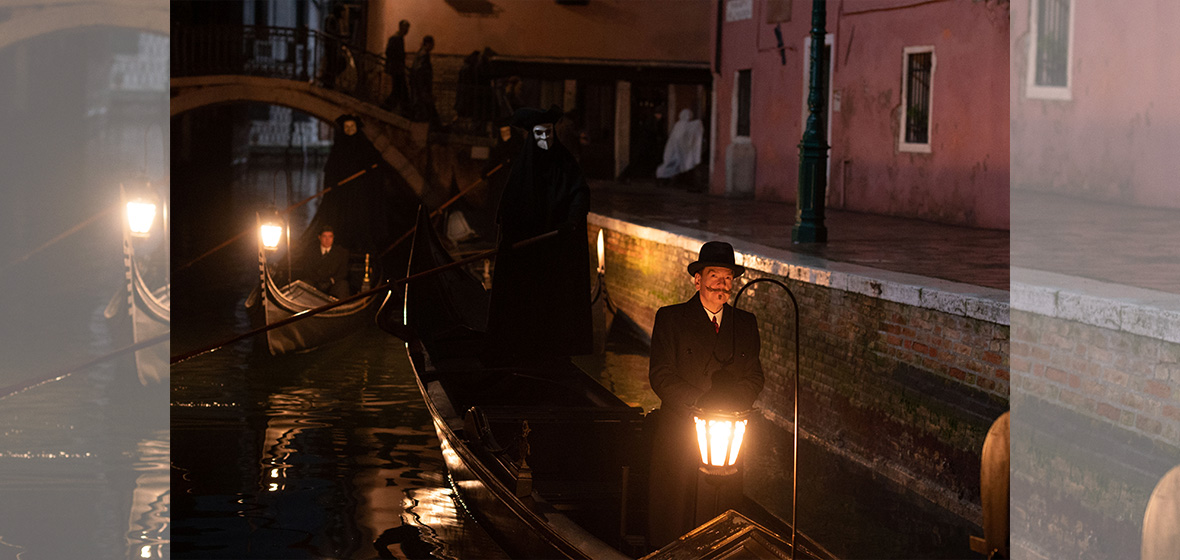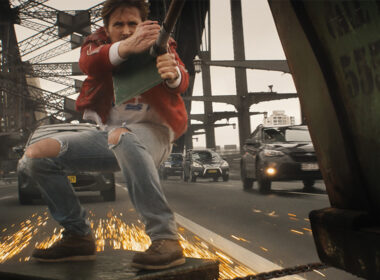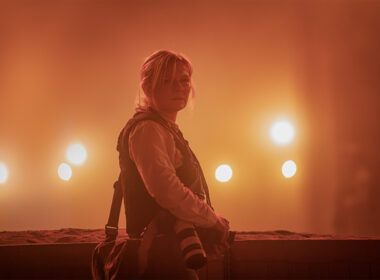Say what you want about Kenneth Branagh’s late-career obsession with Hercule Poirot. His dedication to the part is endearing. He really did not have to do it. His career started as the bearer of the Shakespeare torch after Laurence Olivier went on to become a gun for hire in ineffective if forgettable blockbusters, and when he had nothing else to prove, he decided to park his talents adapting Agatha Christie’s novels with the Belgian sleuth.
Branagh had already done his personal introspective project (Belfast, which we enjoyed very much here at the LSJ). He is playing Poirot out of unadulterated pleasure. It’s almost fetishistic. None of the films so far is particularly memorable, with Death on the Nile being an absolute tragedy. None of the movies is directed with the perspicacity of a master in whodunnits – particularly glaring during the age of Rian Johnson’s Knives Out. It’s all moved by Branagh’s love for putting on the fancy moustache and gallivanting around lavish sets with his famous friends. Like I said, it’s endearing.
A Haunting in Venice is the most accomplished of all Branagh/Poirot films. Adapting the writer’s Hallowe’en Party but transposing the action from the English countryside to a post-war Venice, where American soldiers still roam the streets. The rest of the story is as truthful adaption as it can be – Poirot is invited by a crime novelist friend, Ariadne Oliver (Tina Fey), to join a séance conducted by the medium Joyce Reynolds (Michelle Yeoh) to contact the deceased young daughter of a British aristocrat Rowena Drake (Kelly Reilly.
The change of setting lets Branagh play with a more exciting visual tablet that he completely indulges in. Right from the start, A Haunting in Venice uses every opportunity to shoot the town as a decrepit beauty shrouded in mystery. It made me wonder why Christie never thought of that. This is a much better idea that means a lot, especially for a story where most of the action is set inside a mansion.
Poirot is retired when the film starts, vowing never to return to his investigative ways. It’s easy to make a parallelism with Branagh, as he uses A Haunting in Venice to find himself the pleasure of filmmaking like Poirot needs to find his mojo again. It is where the significance of Venice comes again when Oliver reminds him that, like the city, he is slowly sinking into the sea over the weight of his old glory days.
Branagh goes all in with the visual bravado. Every chance to terrify or mesmerise is taken; every time he can have a masked robbed man in the background, he does it. If not, there are always Dutch angles, which he abuses to a masterful extent. The film comes out like a gothic horror romp that could have been done by the Hammer studios in the 1950s and is considered a classic.
It helps the cast be more modest. No one is trying to outdo each other, and no one is trying to look extra attractive. Fey is having a lot of fun playing compelling Myrna Loy, but it’s Branagh’s show through and through. He loves Poirot. I think he loves the character more than David Suchet, and he played the character for 24 years. There’s something unique about Branagh’s take, more subtle but also angry. It’s like he’s trying to tell us something, but his instincts to entertain get in the way. For all that is worth, I hope he continues to play the role. Even if the project isn’t as good, the gravitas he adds to the character is already worth it. Not too modern, not too traditional. Completely fuelled by dedication, and when it hits hard, It works. And A Haunting in Venice strikes hard.
Verdict: 3.5 out of 5
For fans of Agatha Christie, who like a dash of classic in their modern adaption.




